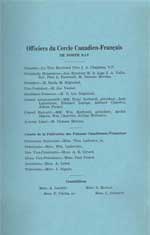“Women Played a Great Part in Development of City,” The Nugget, August 5, 1935, p. 10.
[Transcribed by F. Noël with permission.]
Women Played Great Part In Development of City
Responsible for Developing Spirit of Fellowship in Early Days
True Pioneers
The North Bay of today, with its fine city streets and modern structures is a far cry from the little settlement huddled about the C.P.R. station which marked the site when the first woman arrived at this Gateway to the North, about 50 years ago.
The one board walk extending along the only travel way, now Oak street, was laid with planks placed lengthwise. The few make-shift dwellings faced the station and the C.P.R. “Red Row,” the last house of which stands on C.P.R. property at the corner of Ferguson and Oak streets.
About this little active spot in the wilderness, pierced only by the twin rails of a great transportation company, the C.P.R., lay an area dotted with innumerable stumps, the first evidence of clearing operations.
At first, social and church activity was nil but, in the secluded settlement a spirit of friendship in common sympathy soon sprung up and the populace turned their minds to entertainment.
Travelling troupes of entertainers were soon including North Bay on their itineraries and it was not long until an amusement hall was erected west of the settlement proper. Since church services were at this time held only upon the visits of missionaries and in box-cars on the rail tracks, church organization was devoid.
Develop Fellowship
It was not until Methodists, Roman Catholics and Presbyterians had united in their respective bands that the spirit of fellowship really bloomed. The “Park,” now Amelia Park, was a popular location in those out-of-town gatherings which characterized the early days of North Bay.
Church congregations organized picnics and the whole colony turned out. Visitors from as far as Ottawa arrived by train for these far-famed events when jollity and care-free merriment were the only watchwords. Large banquet tables were laid in the open air and the country picnic of tradition was on.
A remarkable annual event, organized as the town grew in population and the surrounding territory became broken by farm houses, was the Agricultural Fair also held at the Park. It was an occasion long looked forward to each year. Fine specimens of animals and farm produce were exhibited for awards.
First Women’s Society
The first women’s society active in the settlement was the Women’s Christian Temperance Union which still functions in the city of today. Its organization was prompted by the open bars of that time which were the mecca of lumbermen travelling through the little colony.
The first sport participated in was lacrosse. Enthusiastic encounters of this play, originated on the Ottawa River, drew practically the whole village.
The early days were hard for women, no lights, now water and no conveniences, such as are taken for granted today. Water was carried from Lake Nipissing for some time and later it was hauled in barrels by team, to be sold for 25 cents a barrel.
There was only limited hotel accommodation for new arrivals who were not yet established, and the village folk were forced to take them into their homes. “The Blue School” will be remembered by pioneers of the district. It was built on McIntyre street when accommodation at the first little schoolhouse was found wanting.
Railways Cause Growth
The start of the Temiskaming and Northern Ontario, and C.N.R. railways expanded the settlement. The three transportation systems put North Bay on the map. Except for the passing of Samuel de Champlain, the North country was shrouded in oblivion until the C.P.R. rails pushed through the wilderness. The establishment of T.& N.O. connection with the North made North Bay a terminal point, through which all traffic to the rich mining areas must pass.
After the construction of the first churches, the ladies of the town centred their activities about them. Picnics and social affairs were arranged and advertising was done by announcements from the various pulpits. Dramatic societies were organized and their efforts provided a variety of entertainment.
In the early days of the 20th century many social organizations were formed providing gathering places for the women of the town. The most prominent of these was one which is still flourishing in the present-day city, the Women’s Canadian Club, a society alive with patriotism.
Reminiscent tales of North Bay’s early days were on the tongues of everyone as pioneers were reunited.

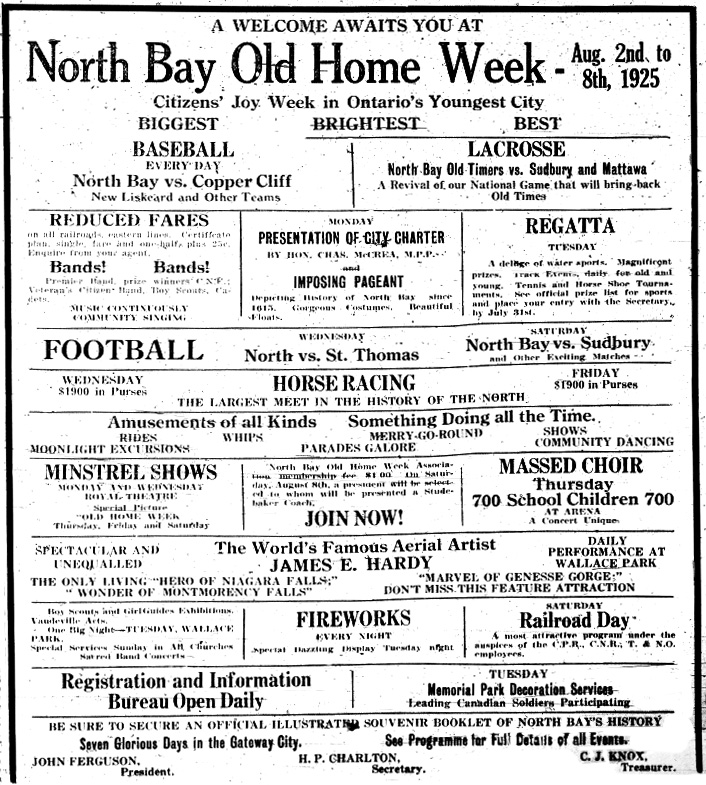
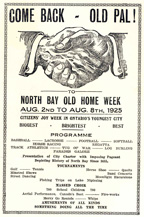
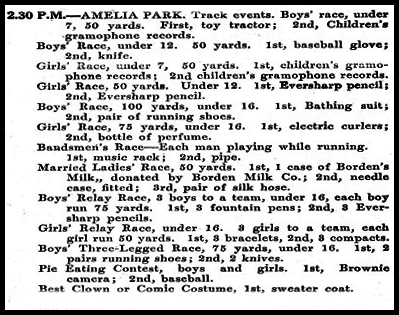
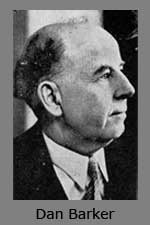
 The
The 